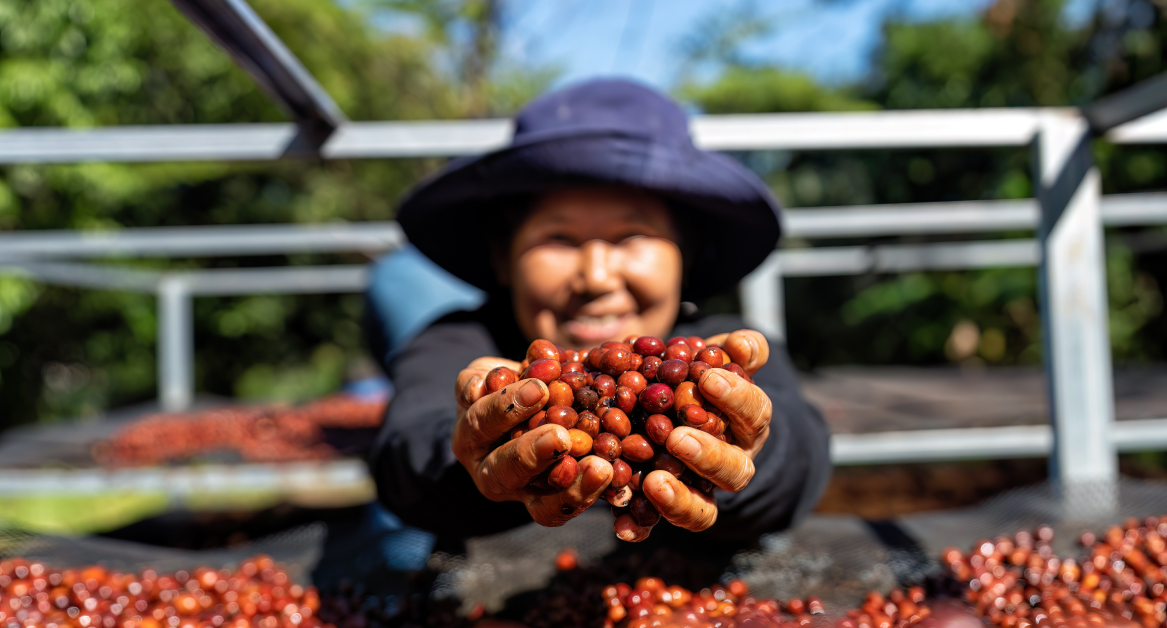European agriculture is shaped significantly by the Common Agricultural Policy (CAP). This policy framework has been in place for decades, but there is ongoing discussion on its suitability today. We will discuss CAP’s aims and components as well as provide an overview of the debate surrounding cap reform and its prospects.
Understanding the Common Agricultural Policy (CAP)
The Common Agricultural Policy of the EU (CAP) plays an important role in providing financial support to farmers, making sure there is food security, and helping with price swings in Europe’s agricultural sector. This policy has a considerable budget that includes direct payments related to cross-compliance criteria such as environmental management and animal welfare, result indicators export subsidies, and intervention pricing. Subsidies for import tariffs and exports alike.
Despite its merits, CAP has been widely criticized due to its costliness along with other consequences associated with it like detriments caused by environmentally unfriendly farming practices, or market policies that lead to high prices within European Union nations. Subsidies are mostly enjoyed by large-scale farmers while others propose more eco schemes that focus on environmental protection goals instead. This framework impacts developing countries when we consider Western dietary habits coupled with world prices together with cotton production levels.
Key components of CAP: Overview
The CAP budget is employed to sustain both Pillars 1 and 2 of the policy, with Pillar One offering direct financial aid to farmers based on land possession and Pillar two emphasizing rural development which requires capital from state and national governments too.
Pillar 1: Direct Financial Aid
Primarily, support and direct payments for agricultural producers are vital for them to earn a living as well as ensure that there will be enough food supply within Europe’s marketplaces. This assistance abides by specific laws related to animal welfare standards along with traceability adherence in terms of environmental management – termed cross-compliance measures due to these sets of regulations being intertwined into this type of income support and farm payments.
Pillar 2: Rural Development
Rural Development Programs are established in member states like France, Spain, Italy, and Germany. These programs receive 11% of EU funds and aim to promote sustainable resource use and support local rural economies. They also connect rural regions across all participating countries.
The initiatives offer financial assistance for projects such as enhancing the efficiency of water usage and landscape conservation. They also link rural areas across all participating nations. The initiatives offer financial backing for a range of projects, including enhancing the efficiency of water usage and landscape conservation.
The structure ensures sufficient financial support for agriculturists and responsibly oversees land and resources, while also promoting environmental sustainability.
10 Key objectives of CAP

Ensure a fair income for farmers
At its heart, the third CAP reform seeks to give farm subsidies to guarantee that farmers receive a fair return for their labor. This not only secures their livelihood but also incentivizes them to maintain agricultural production at optimal levels.
Increase competitiveness
As global markets evolve, European agricultural products must remain competitive. CAP initiatives aim to equip farmers with the tools and resources needed to improve agricultural productivity, optimize their output, and increase their market reach.
Strengthen the position of farmers in the food chain
It’s essential that farmers have negotiating power over agricultural prices and are not left vulnerable to larger entities in the food supply chain. This objective ensures their voice is heard and their interests in food supplies are protected.
Climate change action
Recognizing the global challenge that is climate change, the CAP promotes agricultural practices that are sustainable and mitigate the adverse effects of intensive farming on the environment.
Environmental care
Beyond just climate change, CAP emphasizes holistic environmental stewardship, from reducing chemical inputs to promoting organic farming.
Preserve landscapes and biodiversity
Europe’s diverse landscapes and ecosystems are treasures to be protected. CAP initiatives fund and promote practices that conserve these natural wonders.
Support generational renewal
The future of farming lies in the hands of the next generation of dairy farmers. The CAP provides mechanisms to ensure that younger individuals are incentivized to take up farming and have the resources to succeed.
Promote vibrant rural areas
Agriculture is intrinsically linked to rural communities. The CAP seeks to give farm support to ensure these areas remain economically vibrant and socially cohesive.
Protect food and health quality
European consumers deserve access to high-quality food that meets stringent health food safety standards. This objective emphasizes safe, nutritious, and high-quality food production.
Foster knowledge and innovation
Agriculture isn’t static; it evolves with technological and methodological advancements. The CAP promotes research, knowledge-sharing, and the adoption of innovative practices in our farming systems.
CAP Reforms and Modernization
The CAP has seen numerous reforms since its inception in the 1960s. With the world markets in each decade, as the EU expanded, global markets evolved, and new challenges emerged, the CAP adapted.
- The 1970s & 1980s – Market Realities: The early days of CAP were characterized by price support, leading to surplus production. Think of the infamous “wine lakes” and “butter mountains” of the 1980s. By the end of the ’80s, it was evident that these stockpiles were financially unsustainable. The CAP started its significant shift away from market support toward direct aid to farmers, decoupling support from production.
- 1990s – Environmental Awareness: The 1992 MacSharry Reforms are often deemed the beginning of CAP’s environmental awakening. Payments to farmers began being linked to environmental, animal welfare, and land maintenance standards.
- 2000s – Expansion and Diversification: The EU expanded eastward, bringing in many member states with rich agricultural traditions but differing challenges. The CAP had to adjust to this diversity. The 2003 reforms further decoupled subsidies from production and introduced the Single Payment Scheme (SPS), ensuring simpler, uniform support.
- 2010s & Beyond – Greening the CAP: The latest CAP reforms have focused heavily on sustainability. Roughly 30% of the CAP funding is now dedicated to climate-friendly agricultural practices. There’s also a notable shift towards greater decision-making at the national and regional level, allowing member states to design strategies that suit their unique contexts.
This transition mirrors broader shifts in European policy, most notably the European Green Deal. This ambitious plan seeks to make Europe the first climate-neutral continent by 2050, and agriculture plays a pivotal role in this vision.
The reforms in CAP, which aim to make European farming more environmentally friendly, also have dovetailed with the goals of the EUDR, which target the import of products associated with deforestation.
Should the Common Agriculture Policy be removed?
It’s a debate that resonates in the corridors of the European Commission, the farmlands of France, and the academic halls of Europe: Should the various CAP payments be removed or significantly overhauled? Here are some perspectives:
Pro-CAP arguments
- Economic stability: Proponents argue that the CAP, particularly direct payments, offers a stability mechanism for farmers, cushioning them against volatile markets.
- Food security: The CAP ensures that Europe remains agriculturally self-reliant, not excessively dependent on imports, guaranteeing food security.
- Environmental stewardship: With its recent green initiatives, the CAP incentivizes and supports sustainable farming, fostering biodiversity and combating climate change.
Anti-CAP arguments
- Inefficiencies & cost: Detractors believe the CAP is an expensive relic, consuming a significant chunk of the EU budget without adequate return on investment.
- Trade distortions: By protecting its farmers through tariffs and subsidies, the EU, critics argue, creates global trade imbalances, often hurting farmers in developing countries.
- Environmental impact: While the CAP has green initiatives, there’s a belief that it hasn’t gone far enough. Critics highlight issues like over-fertilization and the adverse impacts of monocultures.
- In essence, the CAP, like any extensive policy, has its merits and shortcomings. While calls for its removal might be extreme, they stem from genuine concerns. Perhaps the solution lies not in discarding the CAP but in continually refining it, ensuring it aligns with the evolving needs of Europe and the world at large.



